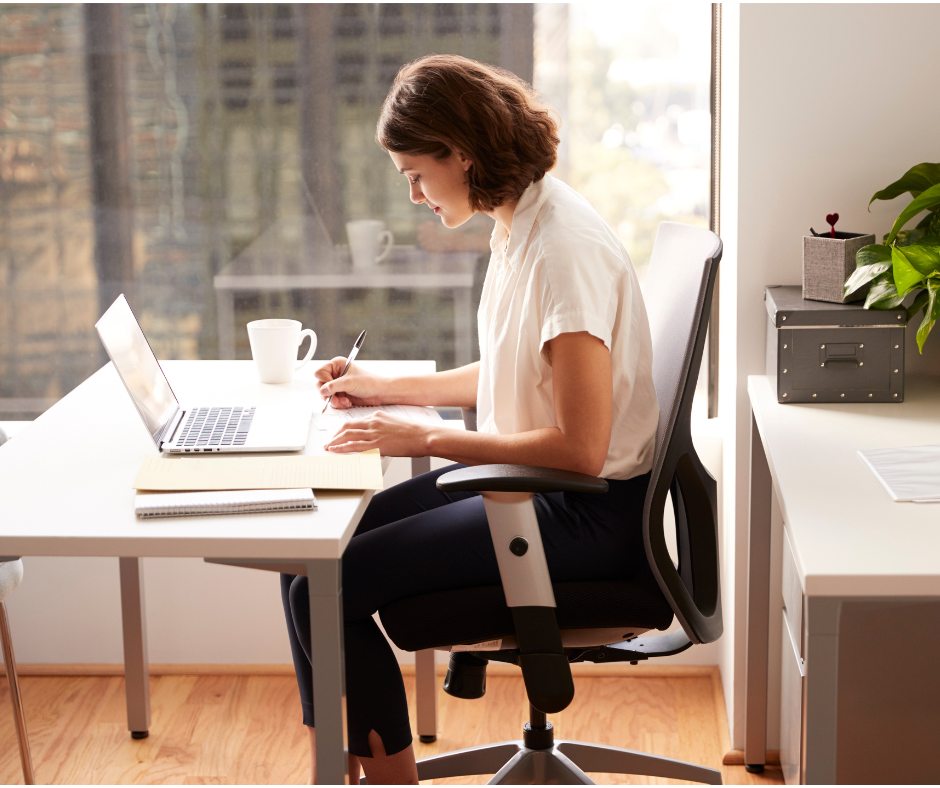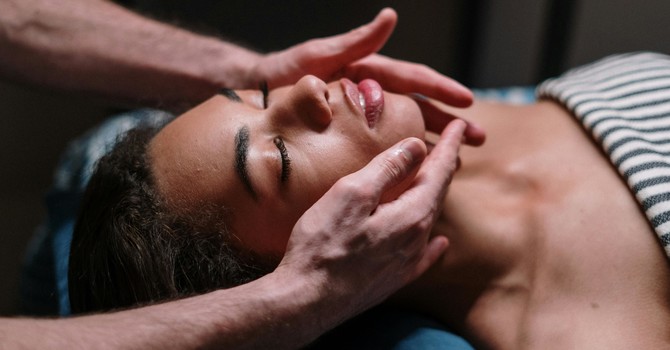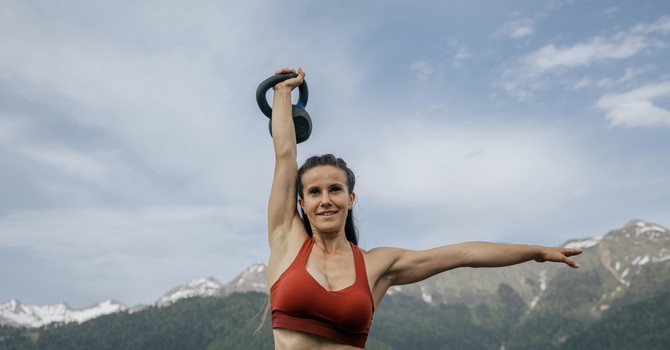
Sumner county has beautiful running trails...many of which are shaded by a forest of trees and stretch alongside cool, babbling creeks. But it has been a HOT summer y'all! No amount of shade can cut that "real feel temperature" of 115 degrees. So I will admit that I have not logged many outdoor runs in the last few months. Instead, I have put in more hours sitting at my desk. However, fall is on the horizon! The mornings have been cooler and the humidity is lower; it's time to dust off my running shoes! But can my long hours of sitting create issues for my run?
Let’s Start With The Basics
The hip joint is one of many key players in the mechanics of running. It is the largest weight-bearing joint in the human body and it is a ball and socket joint so it has a ton of movement. As with all joints, it is connected to strong ligaments for stabilization as well as many flexible muscles to direct motion.
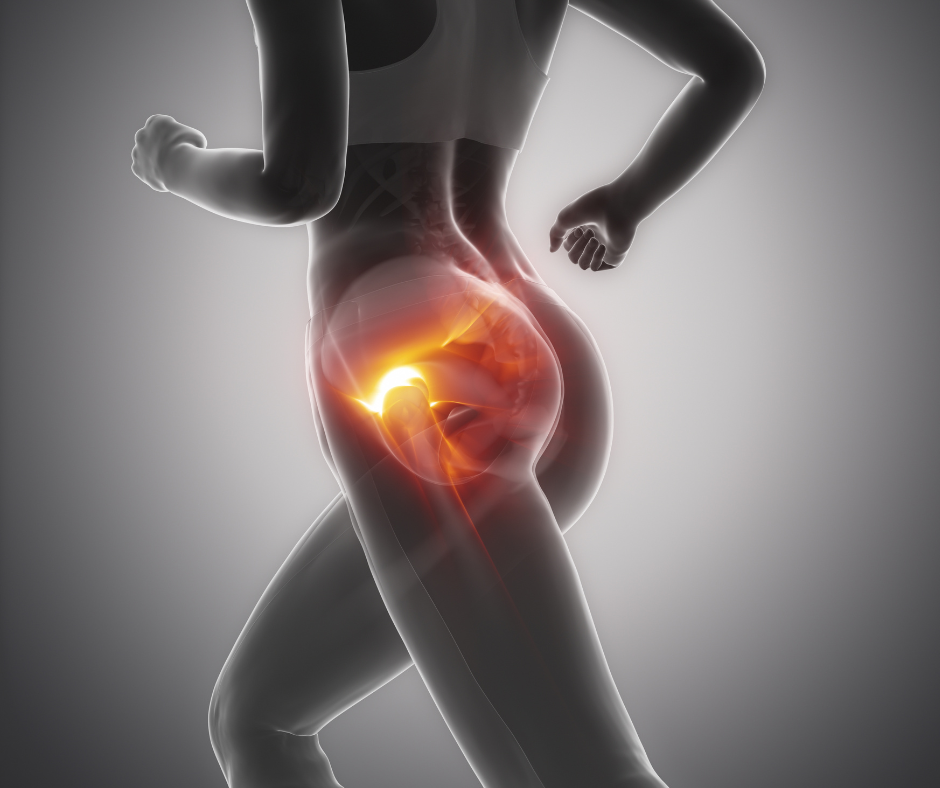
Runners are prone to a variety of overuse strains or injuries just due to the simple repetitive nature of the activity. One muscle in particular, the iliopsoas aka hip flexor, can especially plague a runner. The hip flexor technically starts as two different muscles but they merge together to end as one. The first part (psoas major) starts with attachment points at 6 different vertebra of the spine: from the lowest thoracic vertebra at the bottom of the rib cage all the way down to the lowest lumbar vertebra at the pant line level. The other part (Iliacus) attaches on the inside rim of the iliac crest. Then they come together under all the organs, travel over the hip socket, and attach high on the inner part of the upper leg bone (femur). That location makes this muscle the strongest flexor of the hip. But it doesn’t get away with having just one job! The iliopsoas also helps with forward flexion of the trunk (bending forward) and lateral flexion of the trunk (leaning side to side). Thus, in addition to being necessary for walking and running, it is essential to sitting and standing postures.
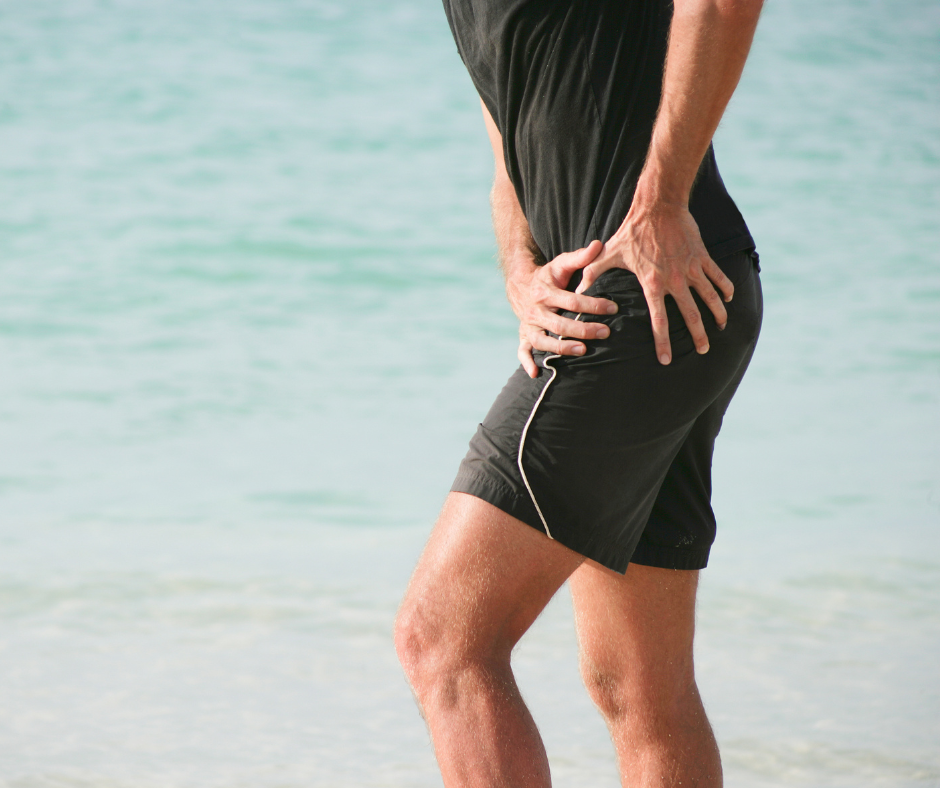
How Does The Hip Flexor Become Overactive?
Are you one of the millions of people who spend most of their day sitting at a desk? Or do you spend long periods of time driving? Does your job or day-to-day activities require you to bend over a lot? Do you sleep on your side with your knees bent?
All of those activities require the same activation of the hip flexor muscle! So the hip joint can move in almost 360 degrees of motion, and the hip flexor muscle can perform a multitude of tasks…yet most people hold it in one flexed position for the majority of their life. That is over activation. It might not be enough overuse to cause pain or injury, but it has likely contracted and shortened this muscle into a less than optimal state. Muscle memory maintains this shortened state, even when you head out for a run.
Why Should You Care About An Overactive Hip Flexor?
For starters, while you might feel like you are standing up straight, when the hip flexor muscle is shortened it causes the ribs to thrust a little forward creating a small arch in the lower back and an anterior pelvic tilt. These postural dysfunctions can create muscle imbalances or improper muscle firing patterns with every step taken. Repetitive motions (like running) can lead to injuries or pain in the low back, hip, or even groin.
In addition, this altered position can decrease breathing efficiency. The diaphragm, a muscle essential for breathing, is attached to the psoas. So if the psoas is shortened or tight, motion of the diaphragm will be restricted. This results in quick, shallow chest breathing which limits the amount of oxygen taken in. The body will compensate by activating accessory breathing muscles in the neck and upper back. Those muscles already have a full time job and as you can imagine, they are not going to be happy about working overtime to do someone else’s job.
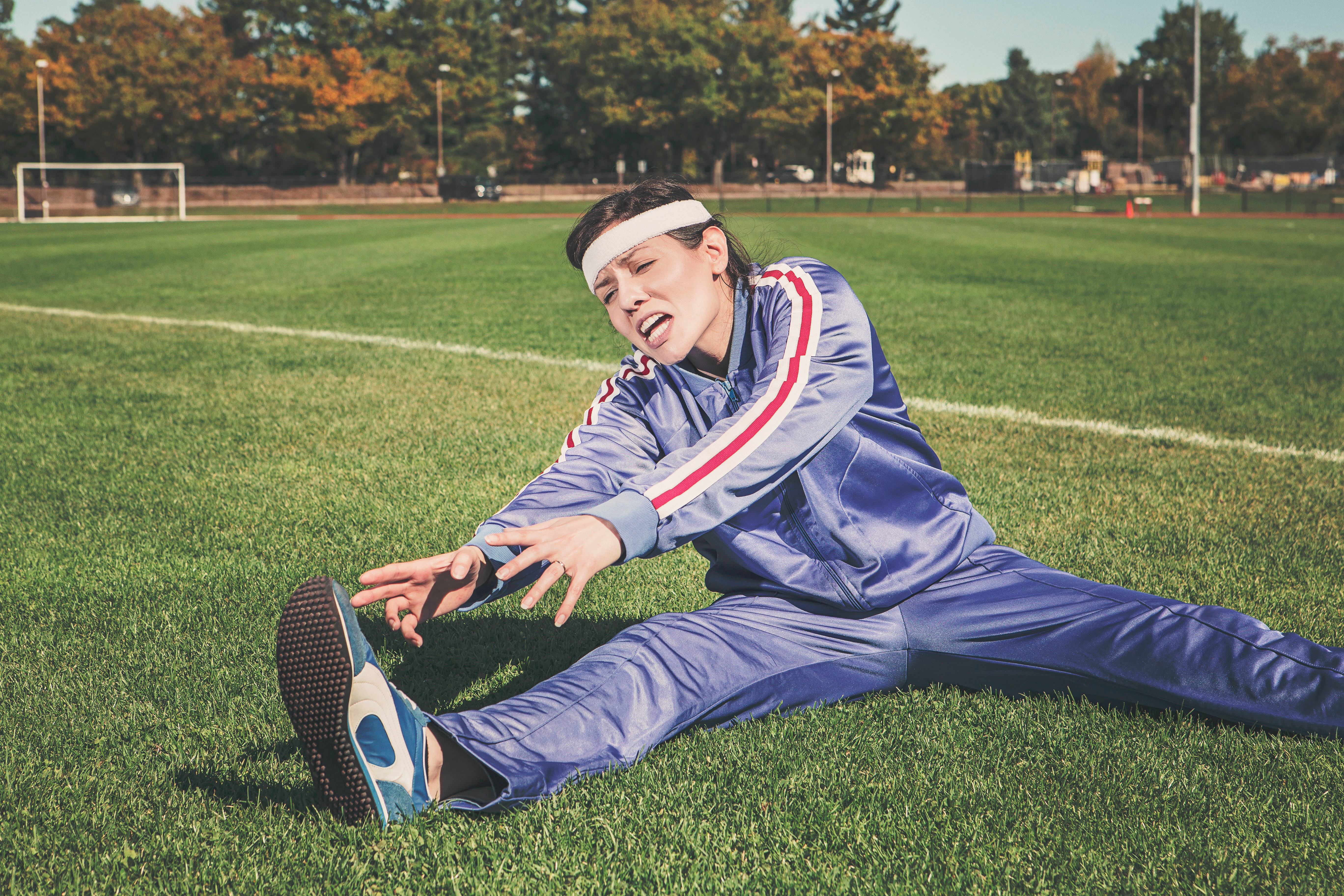
What Can You Do About It?
STRETCH!
One of my favorite stretches for the hip flexor muscle is a dynamic walking lunge. This not only provides a deep stretch to the psoas, it also activates the glutes which are a strong counterbalance muscle.
- Start by taking a large step with the right leg. Make sure the hips, knees, and toes are all pointed in the same direction. The left heel should be off the ground and both knees should have a little bit of bend.
- Push the hips forward to feel a stretch through the front of the left hip. Unlike a traditional lunge exercise, it is ok for the right knee to go past the right toe.
- Reach the left arm towards the ceiling as you sink into the stretch for about 3 seconds.
- Use the muscles of the right leg and glutes to power up to a standing position and take a big step with the left leg. Repeat this motion several times on each side.
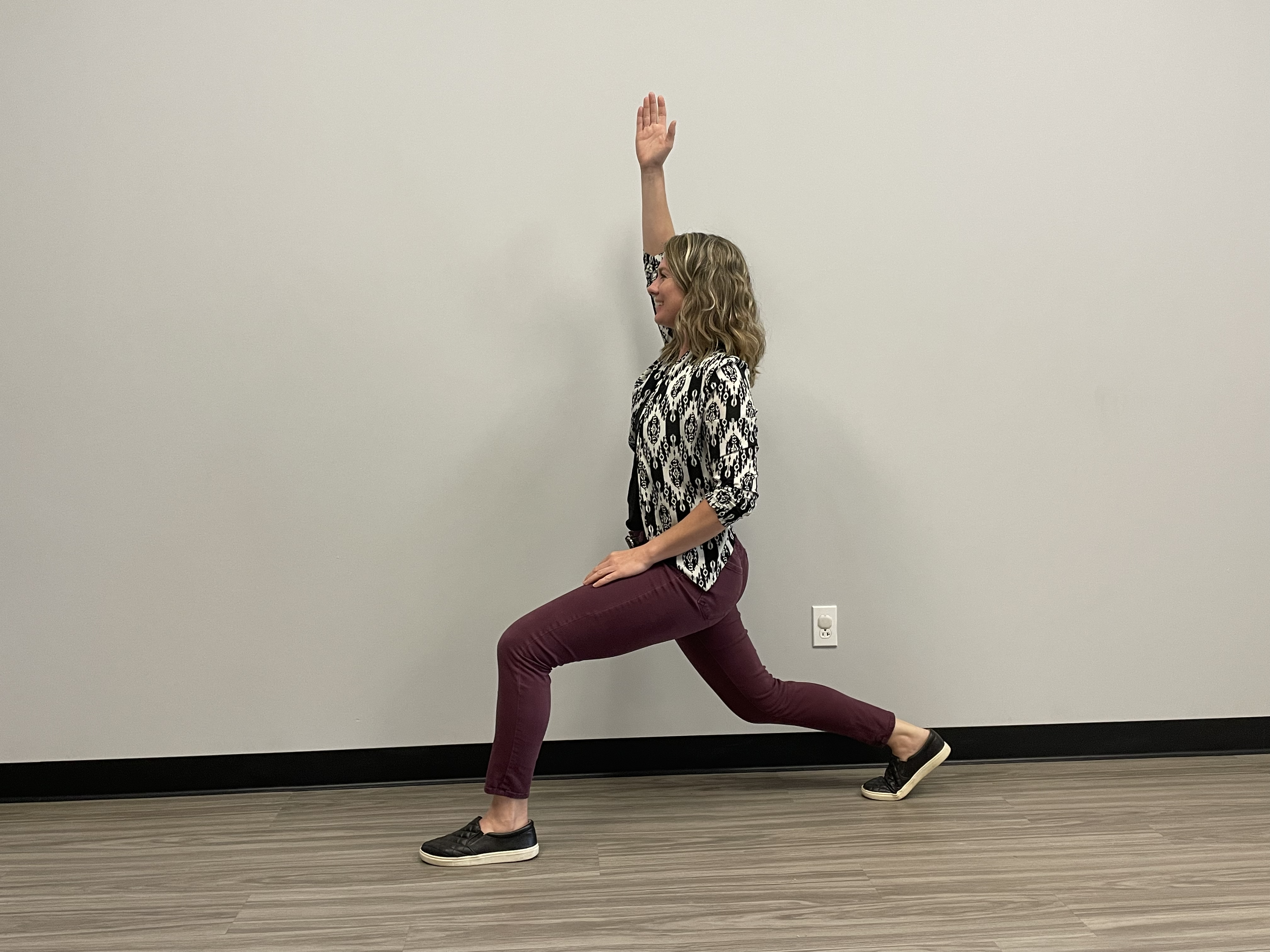
If you are a runner struggling with a tight iliopsoas or suffer from the common condition known as "too many long hours at a desk" give us a call at Champion Wellness to talk about treatment options!
Dr. Heather Champion
Contact Me